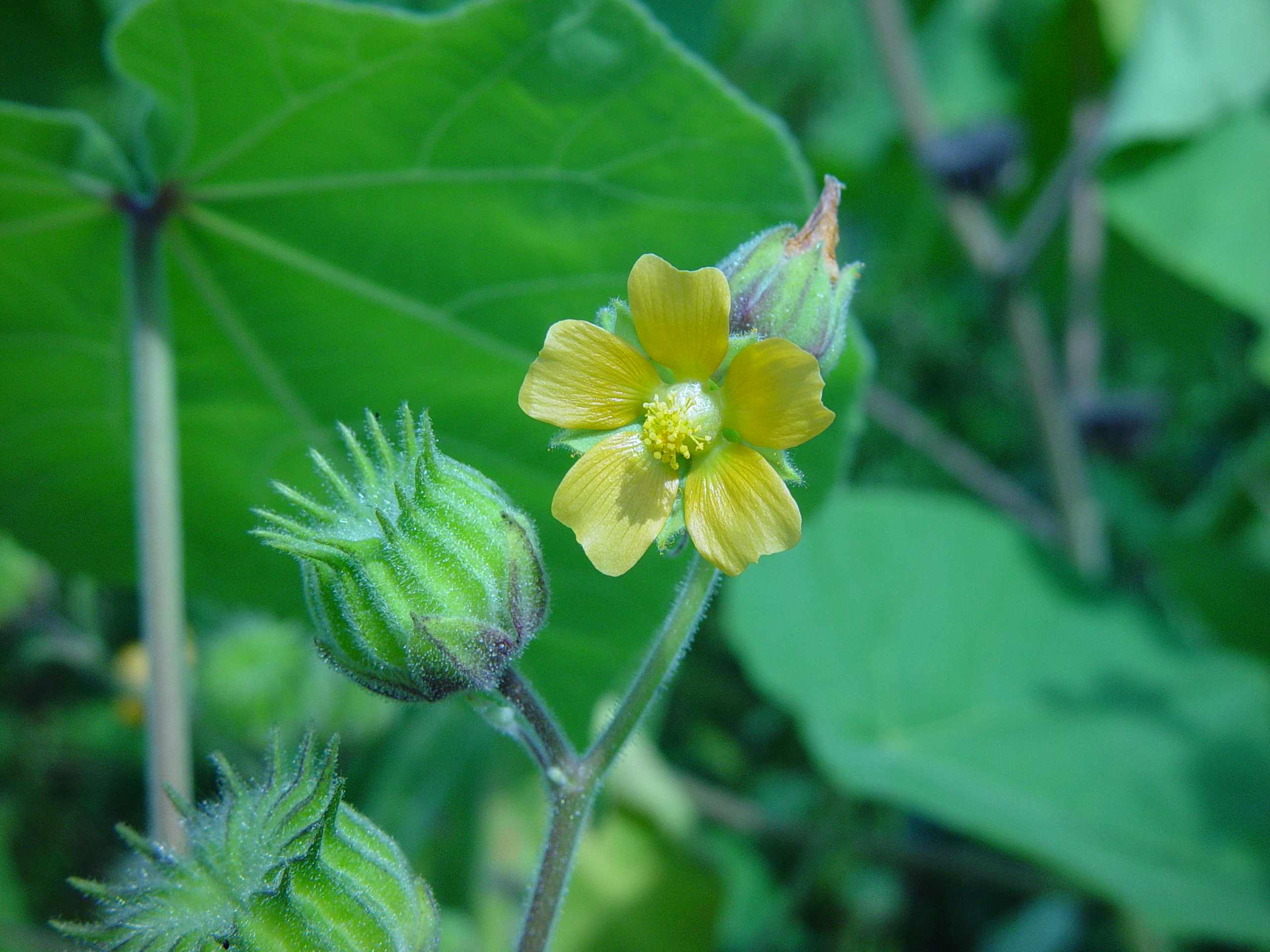How To Control Velvetleaf
Title: How to Control Velvetleaf
Introduction:
Velvetleaf is a common and troublesome weed that can be found in a variety of agricultural and non-agricultural settings. It is a member of the mallow family and is known for its distinctive velvety leaves and large, brown seedpods. Velvetleaf can be a serious problem because it is very competitive with crops and can reduce yields. It can also be a nuisance because its seedpods can be easily spread by wind and water.
Main Content:
There are a number of ways to control velvetleaf. The best method for you will depend on the severity of the infestation and the type of crop you are growing.
Chemical control:
Herbicides are the most effective way to control velvetleaf. There are a number of herbicides available that are specifically labeled for velvetleaf control. However, it is important to choose a herbicide that is appropriate for the type of crop you are growing.
Cultural control:
There are a number of cultural practices that can help to control velvetleaf. These include:
- Tillage: Tillage can be used to uproot velvetleaf seedlings and prevent them from becoming established. However, it is important to note that tillage can also help to spread velvetleaf seed.
- Crop rotation: Crop rotation can help to reduce the number of velvetleaf seeds in the soil. By rotating crops, you can prevent velvetleaf from having the same growing conditions year after year.
- Cover crops: Cover crops can help to suppress velvetleaf growth. Cover crops compete with velvetleaf for water, nutrients, and sunlight.
Manual control:
Manual control can be an effective way to control velvetleaf in small areas. This method involves hand-pulling or hoeing velvetleaf plants. It is important to remove the entire plant, including the roots, to prevent it from resprouting.
Conclusion:
Velvetleaf can be a difficult weed to control, but it is important to take steps to manage it. By using a combination of methods, you can effectively control velvetleaf and protect your crops.
visit Home Gardening
FAQ of velvet leaf
- What is velvet leaf?
Velvet leaf (Abutilon theophrasti) is a common weed found in North America, Europe, and Asia. It is a member of the mallow family and is known for its velvety leaves and yellow flowers. Velvet leaf is a fast-growing plant that can reach heights of up to 6 feet. It is a prolific seed producer, and its seeds can remain viable in the soil for many years.
- Is velvet leaf poisonous?
Velvet leaf is not poisonous to humans or animals. However, it can cause an allergic reaction in some people. Symptoms of an allergic reaction to velvet leaf can include hives, itching, and swelling.
- How can I control velvet leaf?
There are a number of ways to control velvet leaf. One way is to hand-pull the plants. Another way is to use a herbicide. When using a herbicide, it is important to choose one that is labeled for use on velvet leaf.
- Can I eat velvet leaf?
Velvet leaf is not generally considered edible. However, some people do eat the young leaves of the plant. The leaves can be cooked or eaten raw.
- What are the benefits of velvet leaf?
Velvet leaf has a number of potential benefits. The leaves of the plant have been used medicinally to treat a variety of conditions, including coughs, diarrhea, and fever. The leaves also contain antioxidants, which can help protect the body against damage from free radicals.
Image of velvet leaf
10 different images of velvet leaf that are free to use:
- Velvetleaf plant with flowers and pods.
- A velvetleaf plant in a soybean field backlit by the sun.

- Abutilon theophrasti, velvetleaf, velvet plant, velvetweed, Chinese jute, China jute.

- Velvetleaf seed pods.

- Close-up of velvetleaf leaves.
- Velvetleaf plant in full bloom.

- Velvetleaf plant growing in a garden.
- Velvetleaf plant with green and yellow leaves.

- Velvetleaf plant with orange flowers.
- Velvetleaf plant with white flowers.


Post a Comment for "How To Control Velvetleaf"